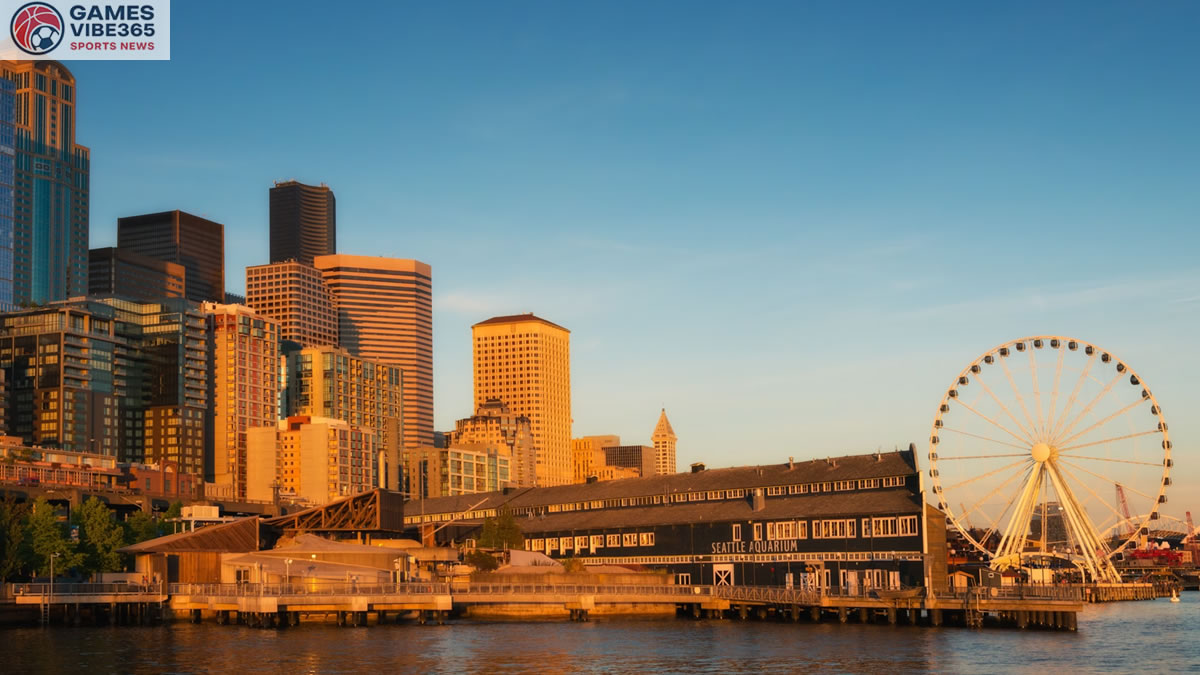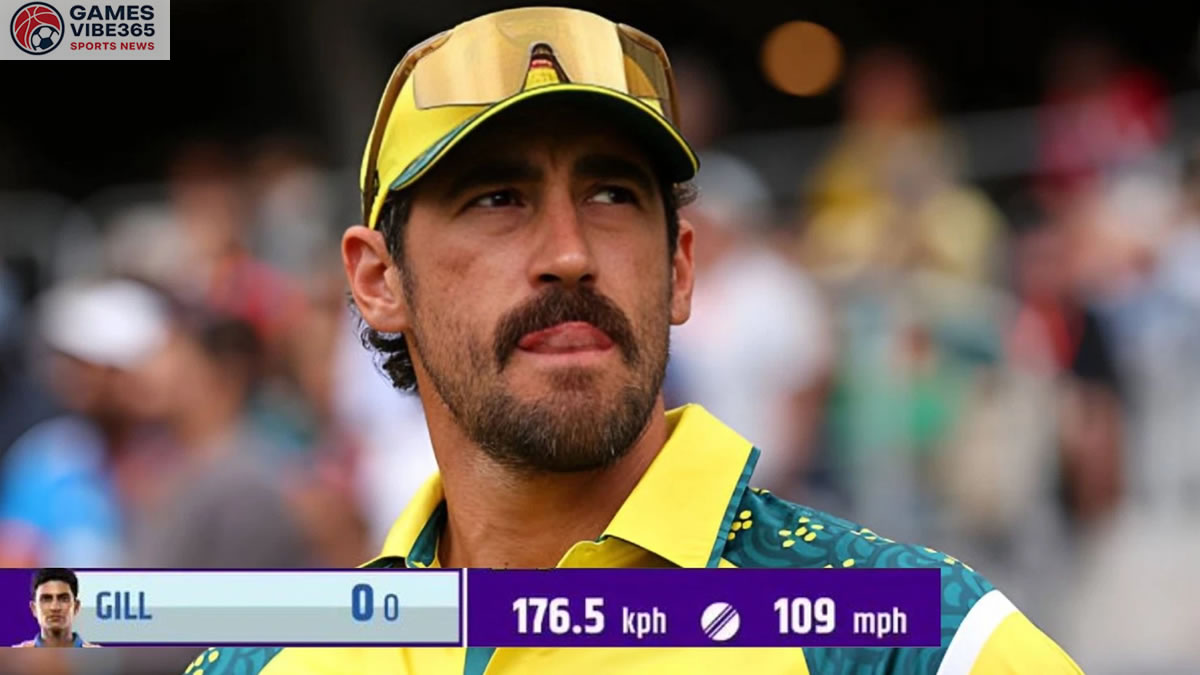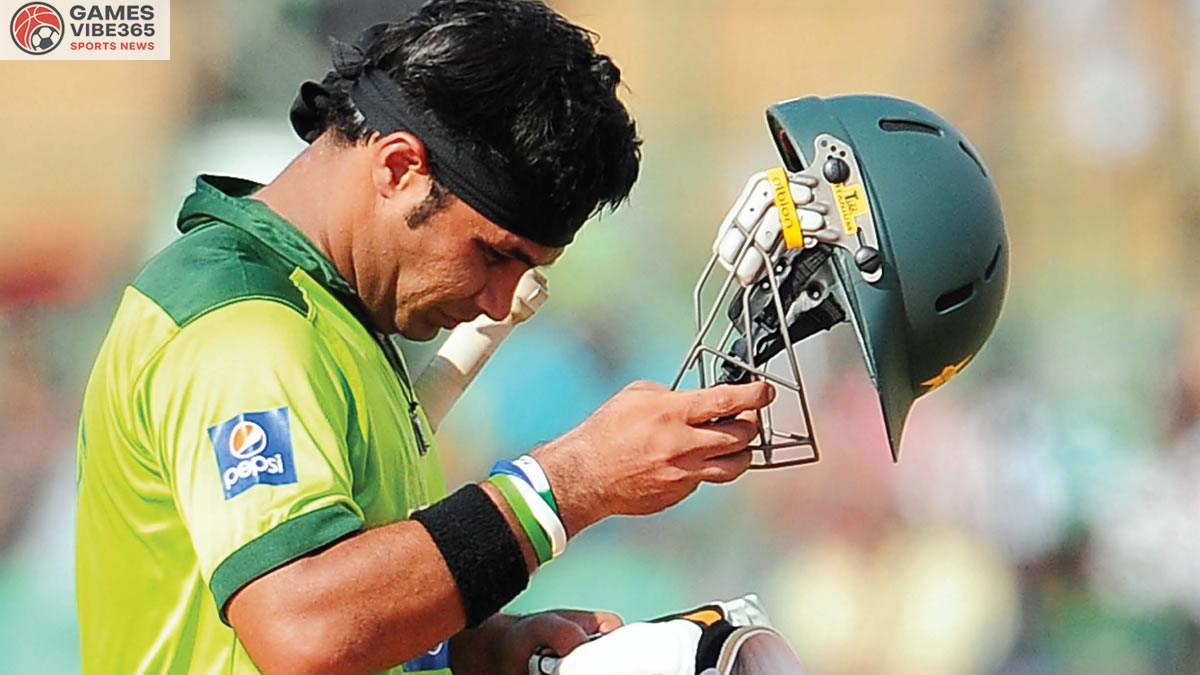FIFA World Cup 2026: The world’s most-watched sporting event is heading to North America in 2026, with matches staged across 16 cities in the United States, Canada, and Mexico. From Vancouver on the Pacific coast to Mexico City in the south and Philadelphia in the northeast, the tournament promises to be a once-in-a-lifetime adventure for soccer fans and travelers alike.
With record crowds, buzzing fan zones, and endless cultural experiences, the 2026 FIFA World Cup isn’t just about football it’s about being part of history. Here’s everything you need to know to plan the ultimate trip.
Why the World Cup Is Unlike Any Other Sporting Event
To understand the scale, consider this: the Super Bowl, often dubbed the biggest event in American sports, drew about 128 million viewers in its most recent edition. The 2022 FIFA World Cup Final? A staggering 1.5 billion people tuned in worldwide—over 10 times as many.

This global spectacle has transcended the pitch for decades. From sparking political tensions—such as the 1969 conflict between Honduras and El Salvador—to literally shaking the ground during Mexico’s 2018 win over Germany, the World Cup is more than a competition. It’s a cultural phenomenon that has turned players like Pele, Maradona, Zidane, Beckham, Messi, and Ronaldo into legends recognized on every continent.
The 2026 Edition: Bigger Than Ever
The 2026 tournament marks a turning point in FIFA history. For the first time, 48 national teams will compete, delivering 104 matches over 39 days. Spread across three nations, it will be the broadest World Cup ever staged, stretching nearly 3,000 miles from Vancouver in the north to Mexico City in the south.
This wide distribution makes the World Cup ideal for road trips and regional exploration. Fans can follow their teams across borders or simply immerse themselves in host city celebrations and Fan Festivals that will run throughout the competition.
The final tournament draw is scheduled for December 5, 2025, in Washington, D.C., but tickets and hotel rooms are already being snapped up. Early planning is key if you want to make the most of this historic event.
FIFA’s Three Regional Hubs
FIFA has grouped the 16 host cities into three main clusters: East, Central, and West. Each region offers unique travel opportunities, cultural highlights, and logistical advantages.
Eastern Region: History, Festivities, and Easy Travel
The Eastern zone includes Toronto, Boston, Philadelphia, Atlanta, Miami, and New York/New Jersey, the latter hosting the World Cup Final at MetLife Stadium on July 19, 2026.
One of the best aspects of this region is connectivity. Amtrak’s high-speed Acela trains make hopping between New York, Philadelphia, and Boston simple and comfortable. Together, these three cities will host an impressive 21 matches, meaning fans could catch multiple games with minimal travel.
- Boston: A city rich in history, Boston will double as a hub for America’s 250th anniversary celebrations. The South End neighborhood, known for its vibrant nightlife, is a perfect base. Boutique stays such as The Revolution Hotel balance affordability with style. Visitors can also explore the city’s civil rights legacy, retracing the footsteps of Malcolm X.
- Toronto: Crossing into Canada offers fans a unique experience. Toronto’s revitalized Don River district now features Biidaasige Park, a cultural landmark that will attract soccer enthusiasts. The city’s official Fan Festival will be held at The Bentway, a creative public space under the Gardiner Expressway.
- Miami: Miami has promised a “vibrant” citywide party, welcoming locals and visitors regardless of whether they hold tickets. Trendy new hotels like Thompson Miami Beach and Andaz Miami Beach will host international crowds seeking both football and fun.
- Atlanta: A global travel hub thanks to its airport, Atlanta is a natural starting point for international fans. Its central position also makes it perfect for road trips—drive west to Dallas via Memphis for live music or head south through New Orleans for jazz and Creole culture.
Central Region: Dallas at the Heart of the Action
If you’re looking for a central base, Dallas is hard to beat. Its location is roughly equidistant from the East and West coasts and close to Mexico, making it perfect for exploring multiple host cities.
Dallas will also serve as the media headquarters for the tournament and is home to AT&T Stadium, the largest venue in the World Cup lineup, where a record nine matches will be played.
- Where to Stay: Upscale hotels such as The Joule, The Adolphus, and The Statler combine luxury with convenience.
- Beyond Football: On rest days, fans can explore special exhibitions like “Soccer: More Than A Game” at The Perot Museum or “Game Changer: United by Sports” at the George W. Bush Presidential Center.
Western Region: To Be Explored
While not detailed here, the Western region featuring Vancouver, Seattle. San Francisco Bay Area, Los Angeles, and Guadalajara offers its own unique blend of Pacific coast charm. Latin American energy, and iconic stadiums. We’ll cover this in a dedicated guide soon. But it’s safe to say these cities will be at the heart of unforgettable football memories.
Tips for Making the Most of Your World Cup Trip
- Plan Early: Tickets and hotels are already selling fast. Secure accommodations near stadiums or reliable transit lines.
- Mix Football with Culture: Don’t just attend matches explore civil rights history in Boston, jazz in New Orleans, or art spaces in Toronto.
- Use Rail and Road Trips: Trains in the Northeast and scenic drives between regions make travel part of the adventure.
- Embrace Fan Festivals: Even without a ticket, the festivals offer massive screens, live entertainment, and authentic local food experiences.
Final Thoughts
The 2026 FIFA World Cup is set to be the most ambitious and inclusive tournament in football history. With 48 nations, three host countries, and an unprecedented scale of celebration, it’s an event that transcends sports. Whether you’re chasing every match or just soaking in the atmosphere from one city. This World Cup will be remembered as a defining global moment.
Start planning now because by July 2026, the world will truly come together in North America, and you won’t want to miss it.
Also Read: FIFA Opens Media Rights Tender for Myanmar Ahead of 2026 and 2027 World Cups








